Our comprehensive guide walks you through everything you need to know, including:
- How eye gaze works and why it’s a game-changer for students with disabilities.
- The different stages of eye gaze learning, from early cause-and-effect to full communication.
- How to assess students’ visual and cognitive skills using eye gaze technology.
- Practical advice on positioning, mounting, and setting up devices for optimal results.
- Strategies for engaging students and making eye gaze fun and motivating.







